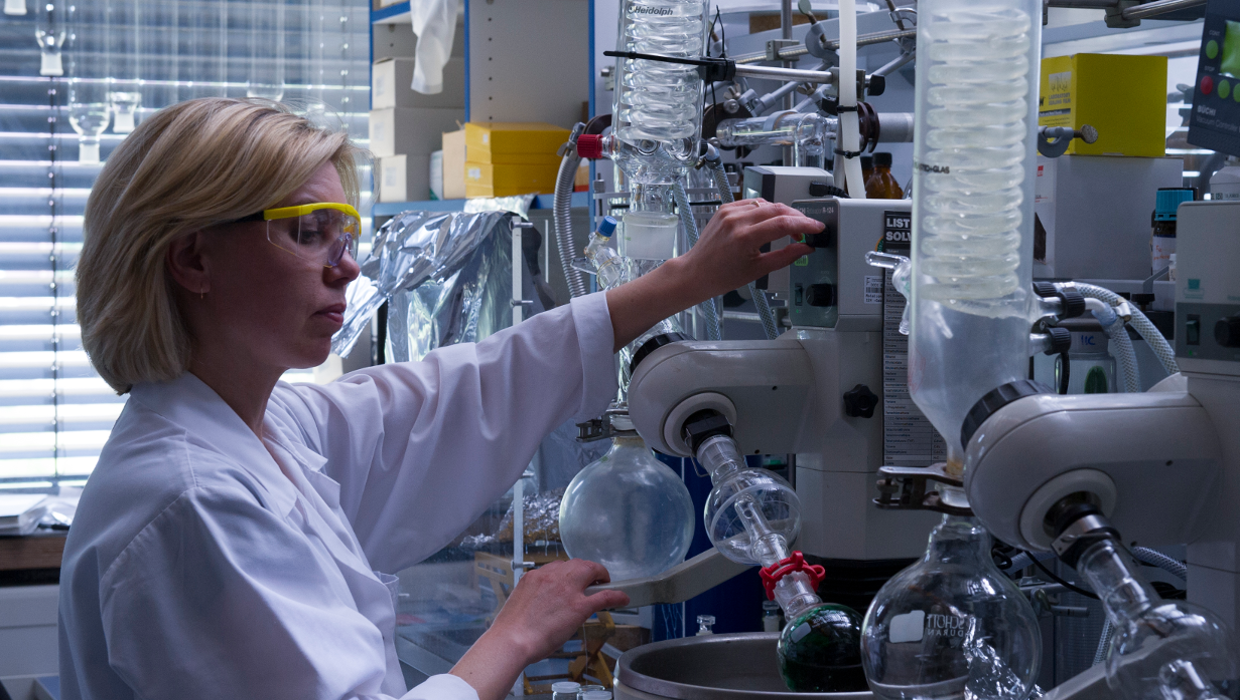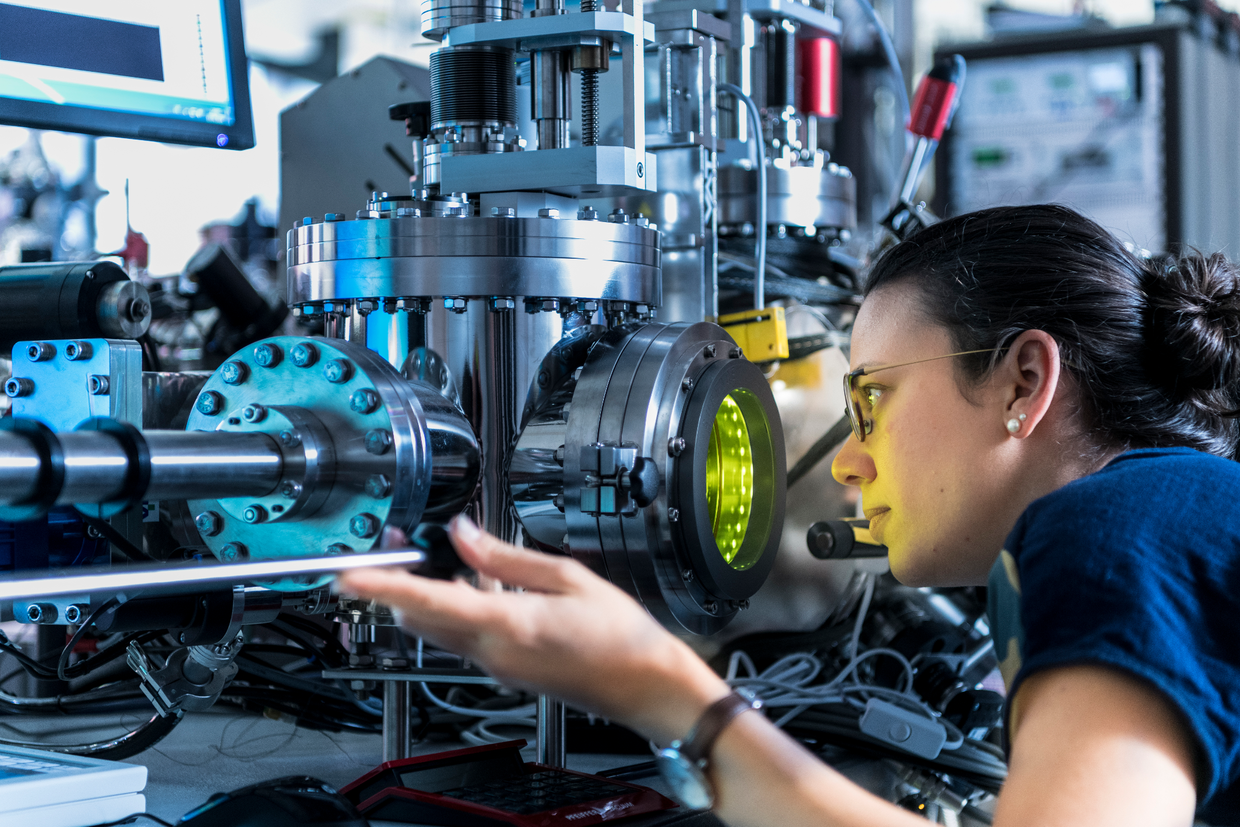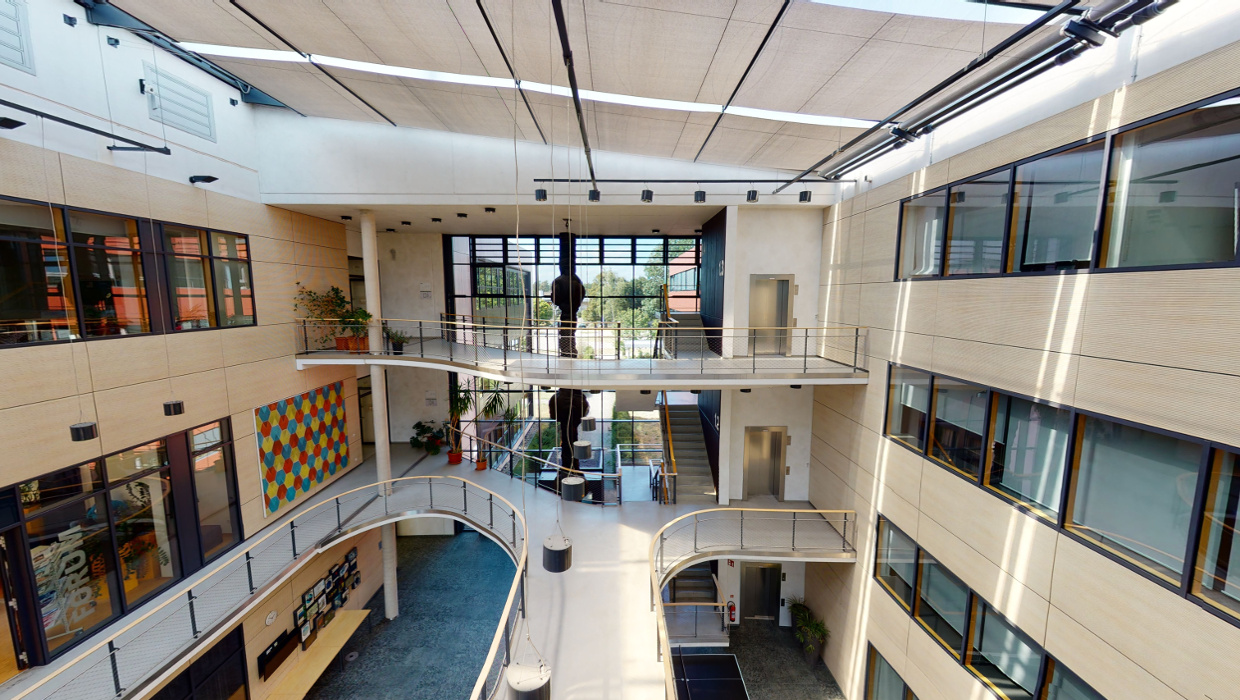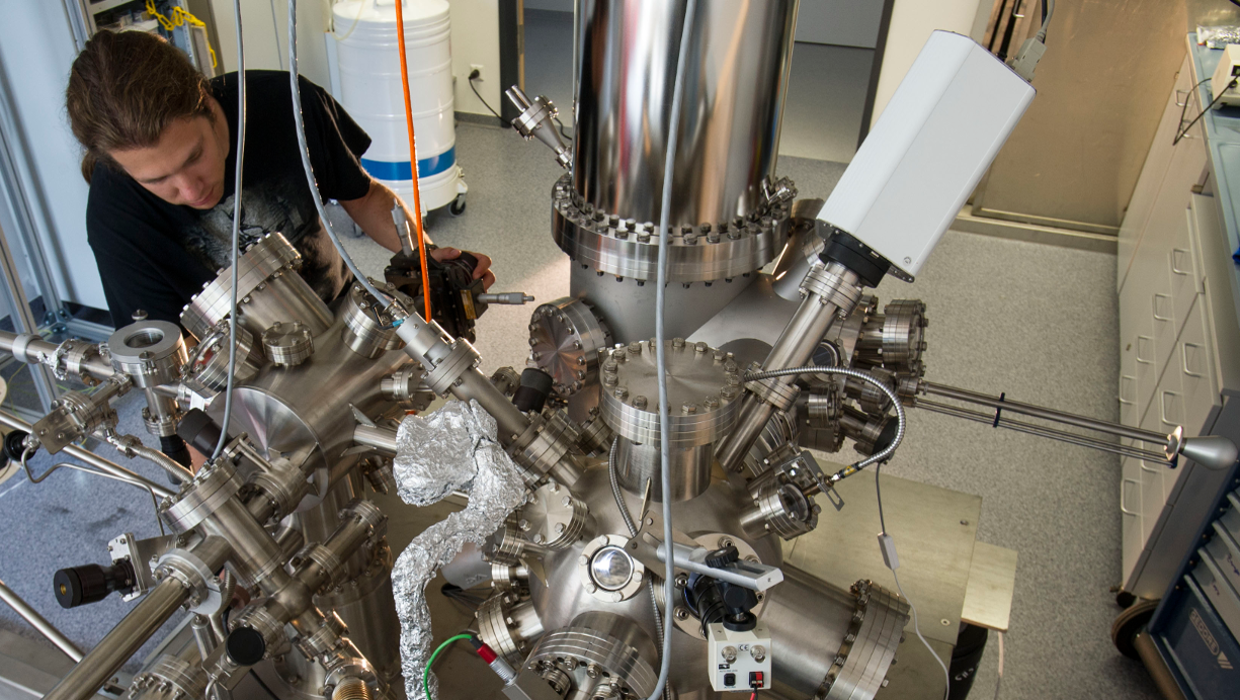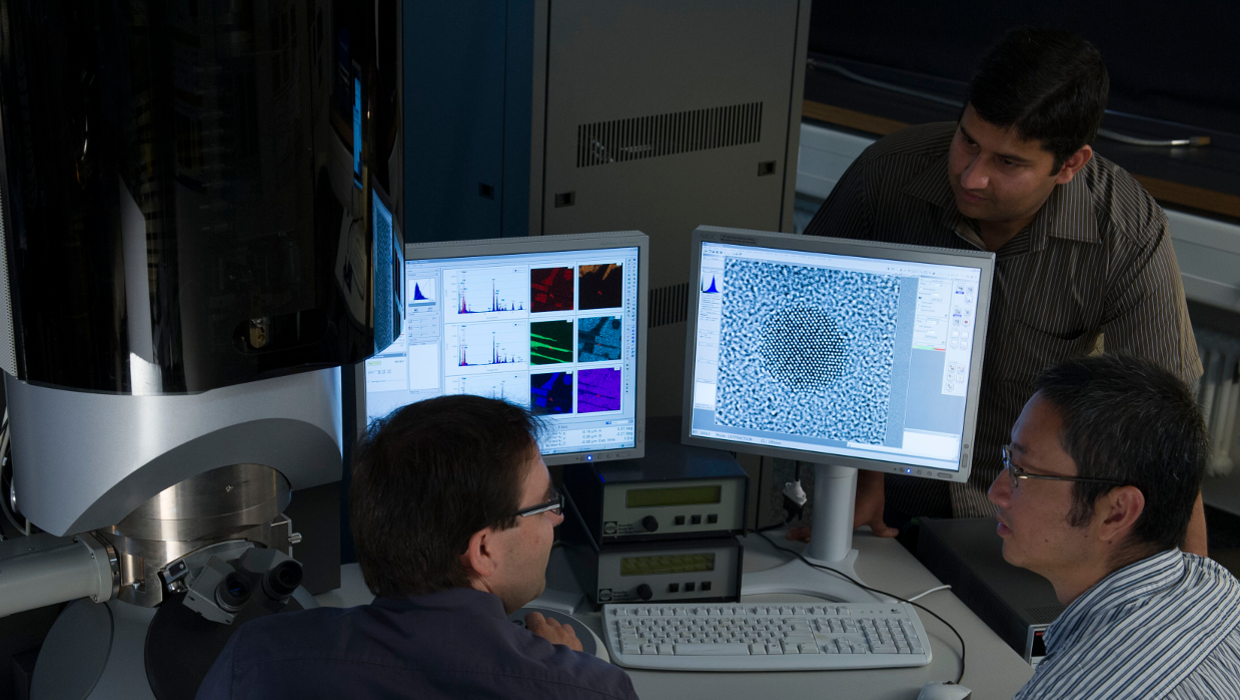We conduct fundamental and applied research with a focus on innovation in the fields of nanoscience and nanotechnology. Our scientists collaborate within the institute and with partners around the world across the disciplines of physics, chemistry, and materials science, as well as biology and medicine.
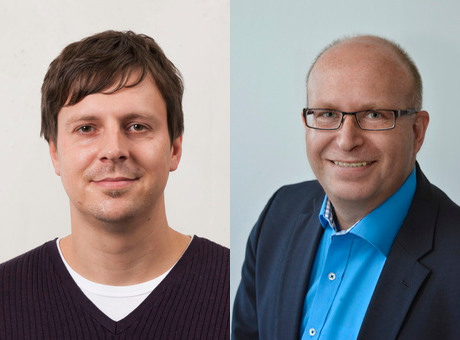
Torsten Brezesinski and Jürgen Janek have been selected as „Highly Cited Researchers“ by Clarivate, the company behind Web of Science for the year 2025. To be selected a researcher has to author multiple publications which rank in the top 1% by citations for their field(s) and publication year.
KIT Press Release
In a study combining high-precision calorimetry measurements and molecular dynamics simulations researchers from at INT, Bremen and San Diego showed that the thermodynamic properties of water in molecular cavities affect the binding affinities of molecules that displace this water from their binding sites. This might improve the development of medical drugs that bind on certain proteins.
KIT Press Release (in German)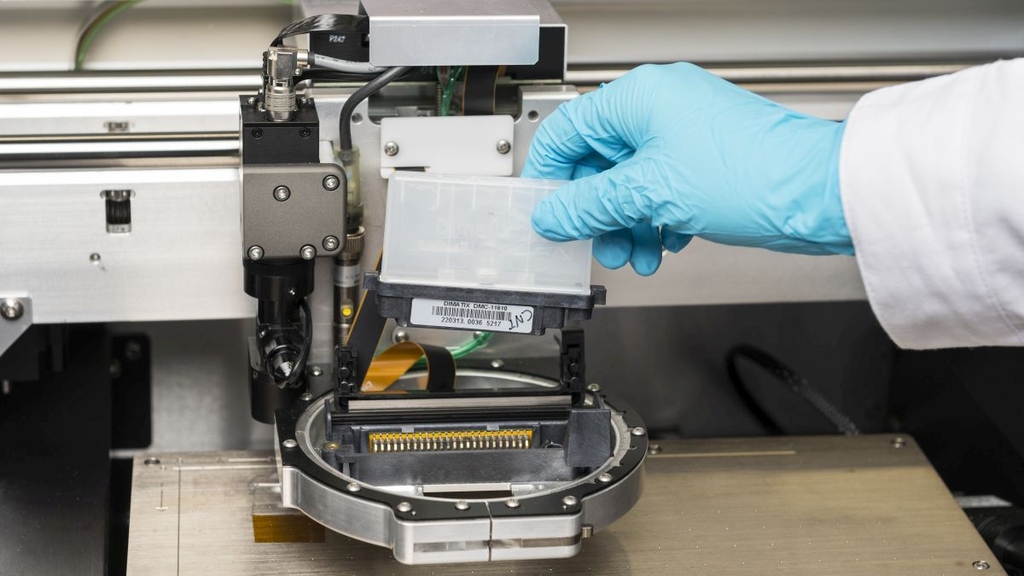
The goal of the MaterialDigital platform is to advance the digitalization of materials science by systematizing and standardizing the management of materials data. Key areas of development are workflows and IT architectures to achieve this goal. The German Federal Ministry of Education, Research and Technology (BMFTR) has extended the funding of the platform until September 2028.
KIT Press Release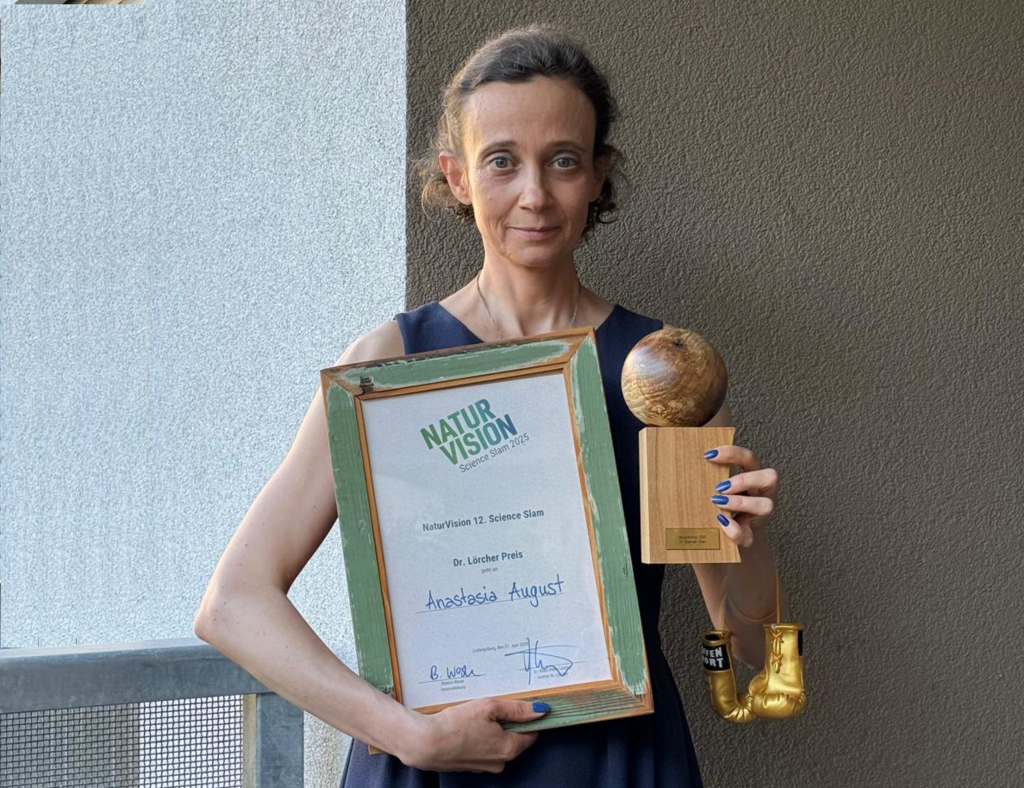
Anastasia August of INT continued her successful Science Slam performances. On June 26th she won the Science Slam of the Joachim Herz Foundation in Hamburg and on June 27th she won the Dr.-Lörcher Award of the NaturVision Slam in Ludwigsburg.
NaturVision Science Slam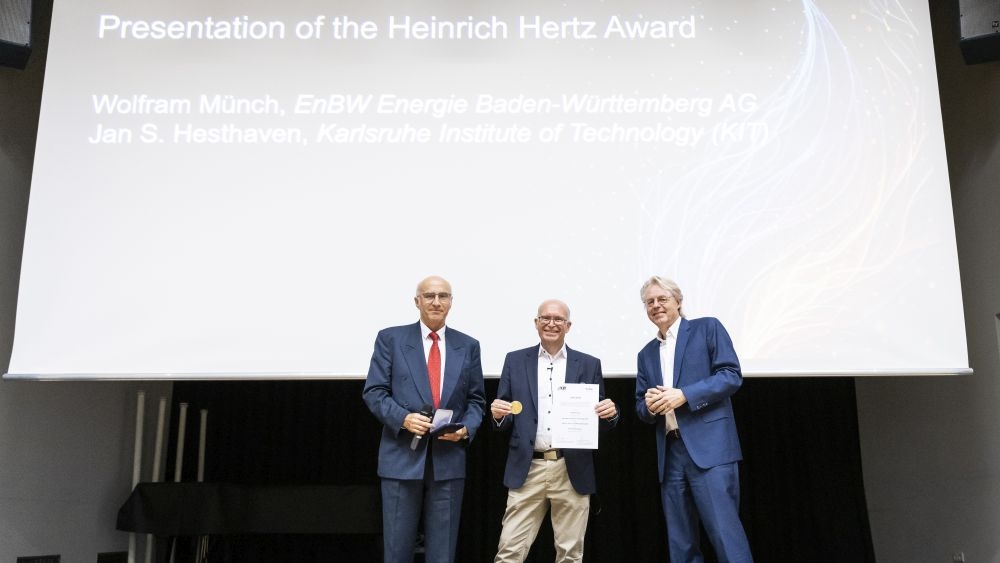
Prof. Jürgen Janek from Justus-Liebig University at Gießen and head of the BELLA Laboratory at KIT has been awarded the "Heinrich-Hertz-Preis" by the EnBW Foundation for his contributions to sustainable energy supply with his work on electrochemical energy storage.
Heinrich-Hertz Award 2025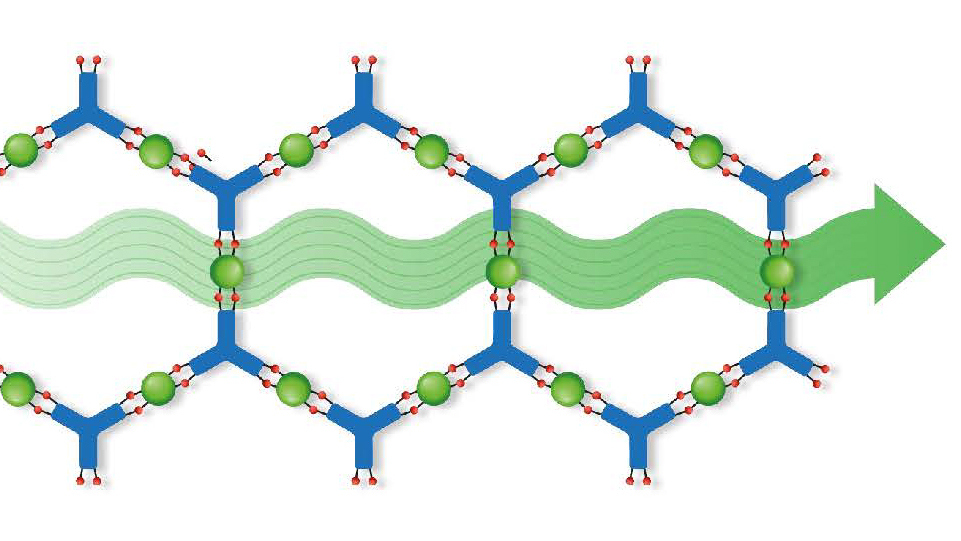
Combining automated synthesis, machine learning and theoretical insights scientists from IFG, INT and collaborators from Germany and Brazil achieved a thin film of a metal-organic framework (MOF) material that displays metallic conductivity of a type similar to graphene.
KIT Press Release (in German)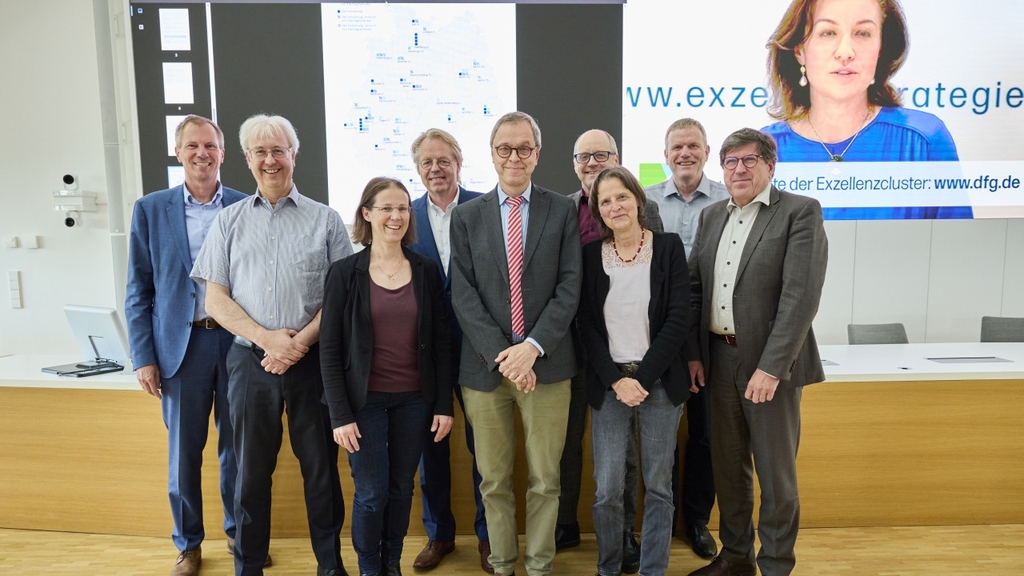
In May the Deutsche Forschungsgemeinschaft (DFG) announced the Clusters of Excellence that are funded for the period of seven years starting January 2026. The clusters 3D Matter Made to Order (3DMM2O) and Post Lithium Storage (POLiS) with significant INT contributions were successful in obtaining a continuation of funding.
DFG Press Release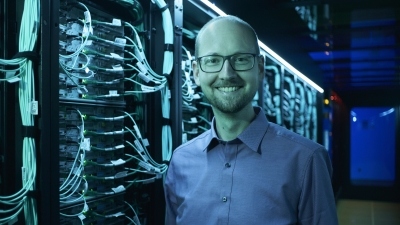
Prof. Pascal Friederich, Associated Group leader at INT, received the Manfred-Fuchs-Preis for junior researchers awarded by the Heidelberger Akademie der Wissenschaften for his work on the use of artificial intelligence (AI) for the development on new molecules and materials. His research allows to accelerate the discovery of materials for various applications.
Press Release Manfred-Fuchs-Preis 2025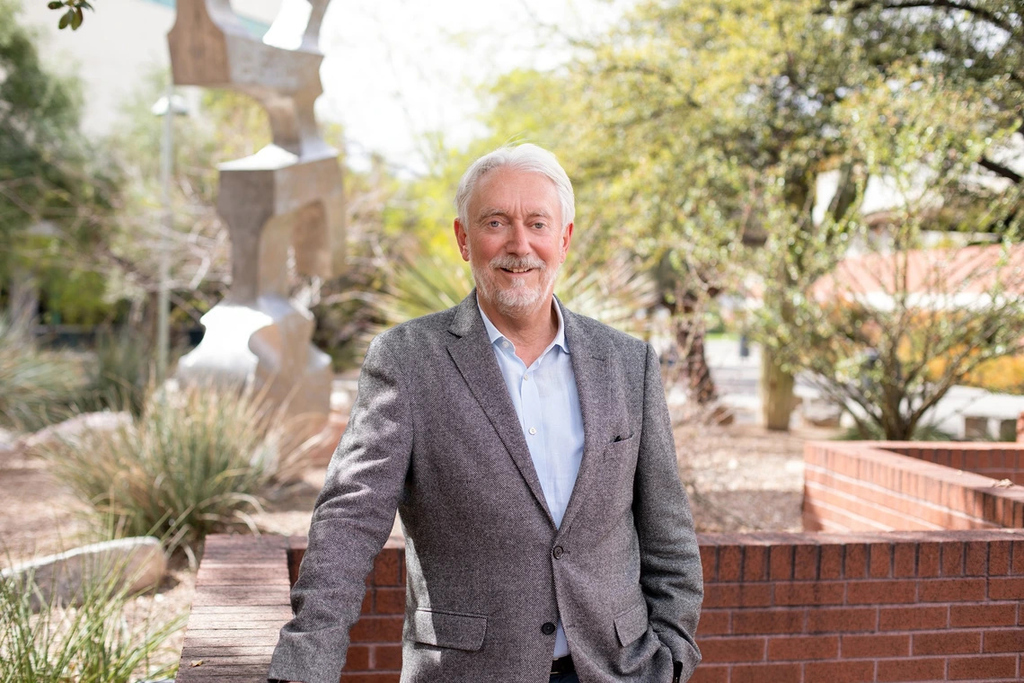
Prof. Horst Hahn, former Executive Director of the Institute of Nanotechnology and KIT Distinguished Senior Fellow, began a new role as Special Advisor at the University of Arizona in Tucson. He will serve as the strategic architect for the university’s fusion energy research initiatives.
University of Arizona Press Release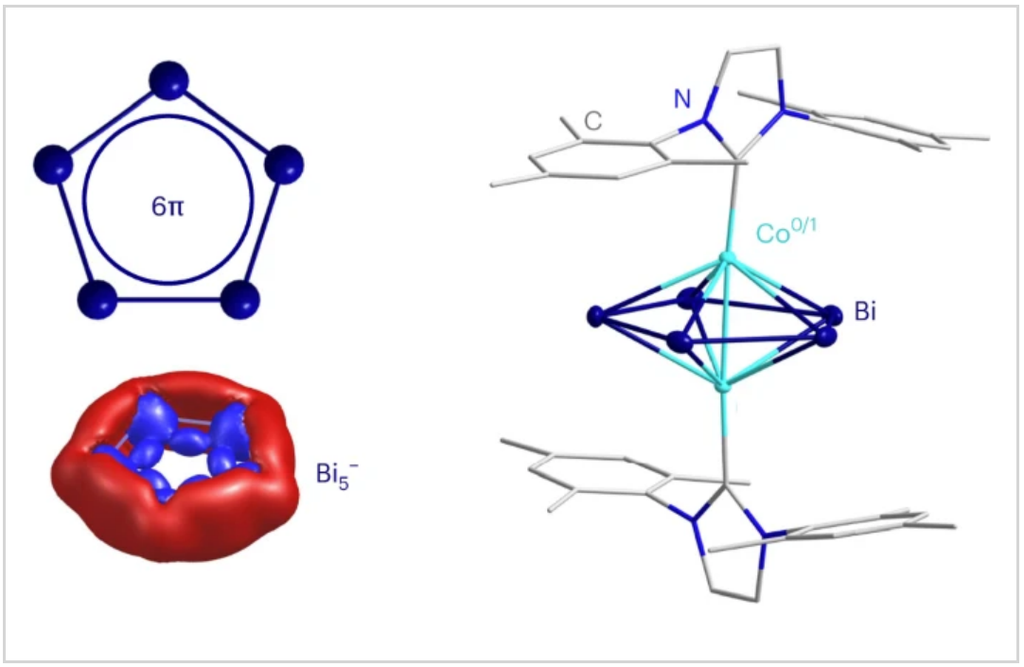
Researchers from KIT and the Philipps-Universität Marburg have isolated an all-metal aromatic bismuth ring sandwiched in a cobalt-based complex, defining a new era of aromatic compounds with potential applications in catalysis and electronic devices (Nature Chemistry, 2025).
KIT Press Release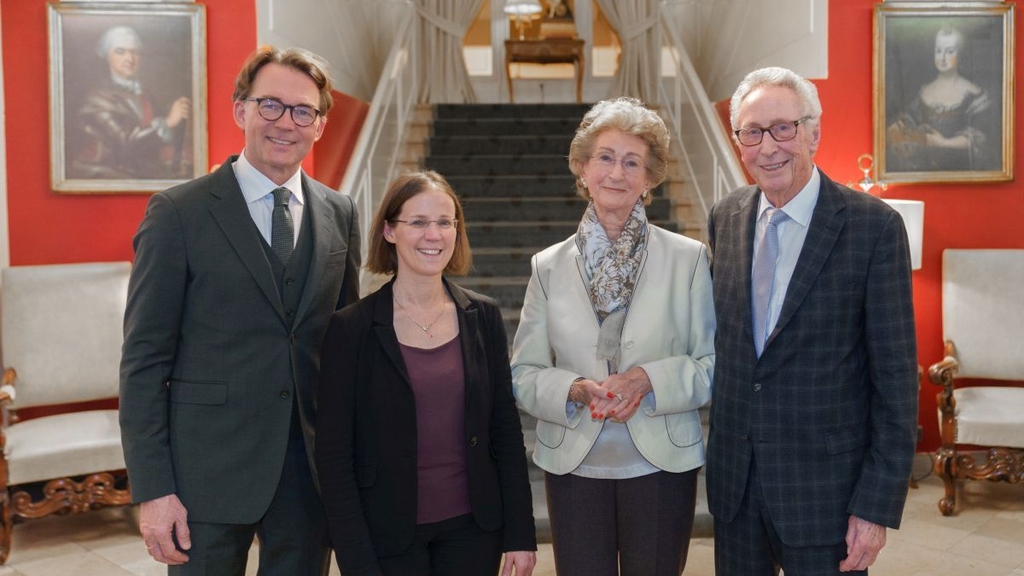
The Hector Science Award 2024 by the Hector Fellow Academy for Stefanie Dehnen (INT) and Matthias H. Tschöp (TU München) honours outstanding research in the fields of inorganic chemistry and material research (Dehnen) as well as diabetes and obesity research (Tschöp).
KIT Press Release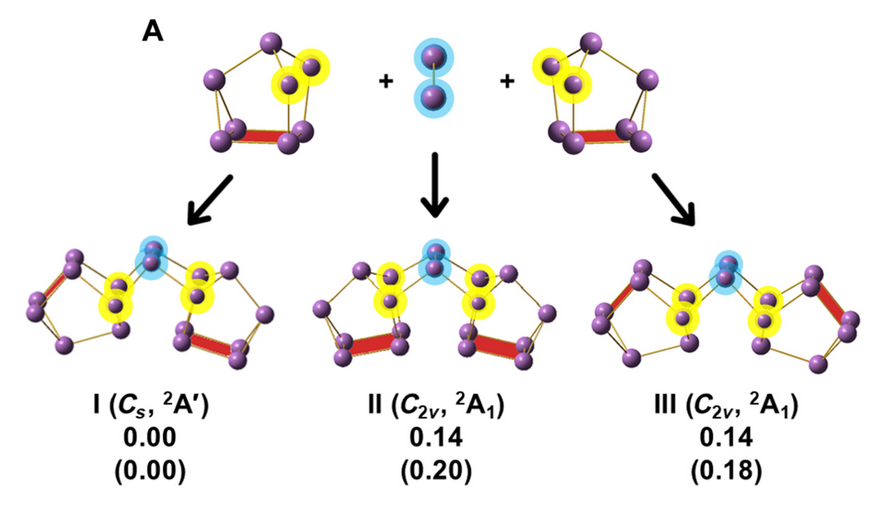
Researchers from the US, China and the KIT have studied negatively charged bismuth clusters and found a remarkable stability of Bi-18 clusters to oxidation despite the existence of an unpaired electron. It suggests a structural route to larger clusters with interesting electronic properties.
Science Advances, Vol. 10, No. 44 (2024)
Researchers from KIT, JLU Gießen and Peking University demonstrated an all-solid-state
lithium–sulfur battery (ASSLSB) with a redox mediator that displays ultrafast charging capability, high specific capacity and an ultrastable cycling performance. This might pave the way to batteries with high specific energy, high safety and low cost.

A closed-loop workflow that combines high-throughput synthesis of organic semiconductors to create large datasets and Bayesian optimization to discover new hole-transporting materials with tailored properties for solar cell applications was used to identify and synthesize a series of high-performance molecules.
Science 386, 1256-1264 (2024)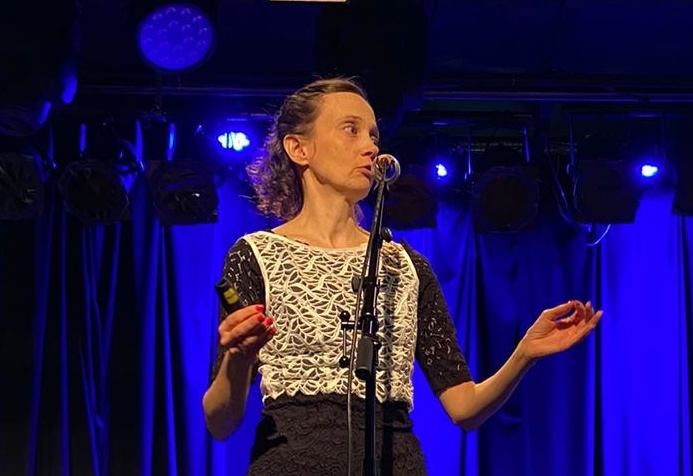
Dr. Anastasia August won first prize in three Science Slams at Eislingen, Heidelberg and Karlsruhe with her talk about harvesting solar energy by example of a polar bear, demonstrating her impressive talent in science communication. We congratulate Anastasia to her success and are proud to have her in the INT team.
Science Slam Eislingen 2024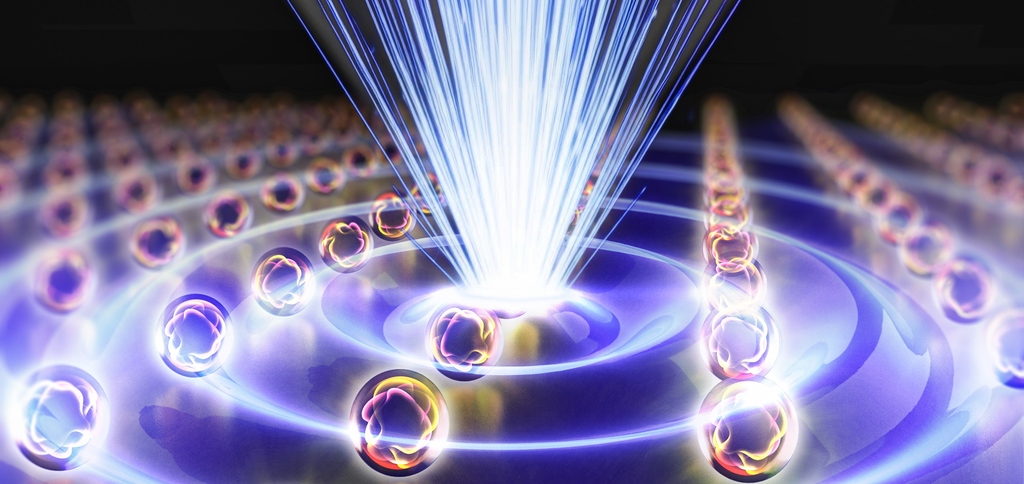
Researchers from INT in the group of Prof. Carsten Rockstuhl and Harbin Engineering University showed that the momentum band gap of photonic time crystals can be drastically expanded by temporal variations in a resonant material. The resonance can emerge from a suitably spatially structured material like an optical metasurface, thus paving the way towards the first experimental realizations of photonic time crystals.
Nature Photonics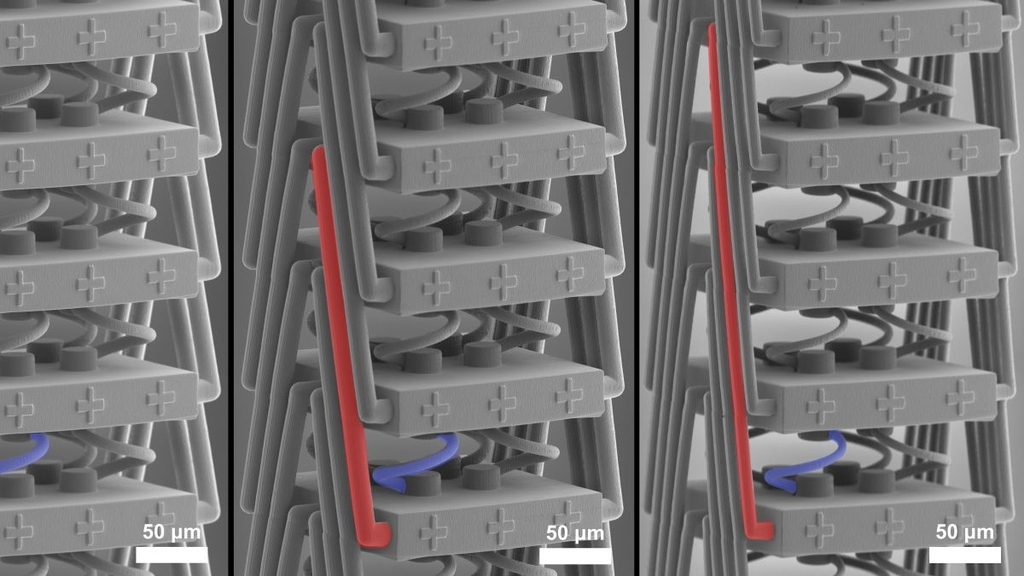
By introducing connections beyond nearest-neighbor elements researchers in the group of Prof. Martin Wegener managed to design a metamaterial using 3D laser microprinting that displays anomalous frozen evanescent phonons to achieve nonlocal stress and stretching response which could be used for remote mechanical sensing.
Nature Communications 15, 8882 (2024)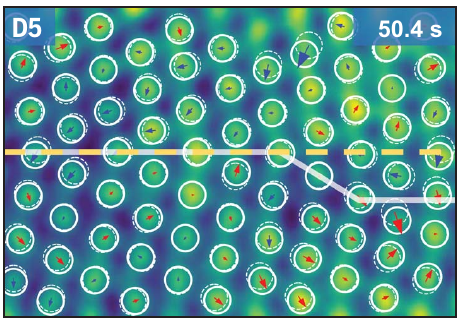
Researchers from INT together with colleagues from the China, Colombia and the US have combined in-situ scanning transmission electron microscopy and atomistic simulations to elucidate the mechanisms of grain rotation in nanocrystalline Platinum.
Science 386, 49–54 (2024)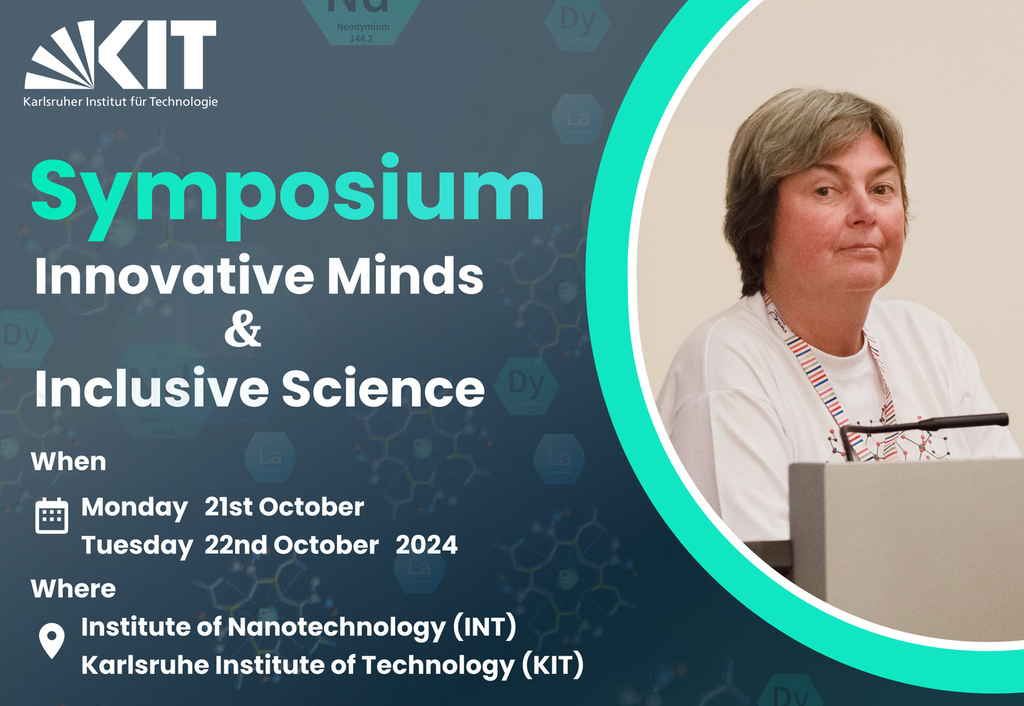
This symposium aims to honor the scientific achievements of Prof. Annie Powell on the occasion of her 65th birthday through presentations by long-standing collaborators and friends, recognizing her strong commitment to equality and diversity with respect to gender and ethnicity.
Symposium website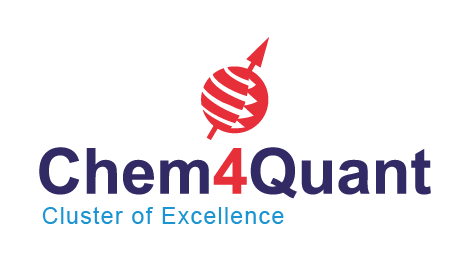
The newly proposed Cluster of Excellence Chemical Design of Highly Precise Quantum Architectures (Chem4Quant) is a collaboration of KIT, the University of Stuttgart and Ulm University. It aims at quantum architectures with molecular structures to develop novel quantum devices and to implement first components for the future quantum internet.
KIT Press Release
The DFG Cluster of Excellence 3D Matter Made to Order (3DMM2O) is a collaboration of KIT and Heidelberg University. It aims to establish scalable digital 3D Additive Manufacturing from the molecular to the macroscopic scale. This approach converts digital information into functional materials, devices and systems “made to order.”
3D Matter Made To Order web site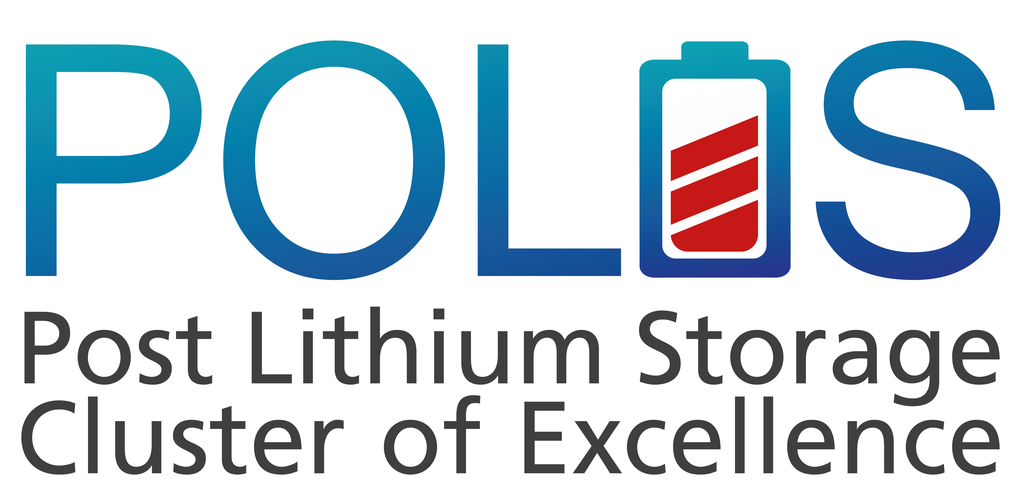
The DFG Cluster of Excellence Post Lithium Storage (POLiS) is a collaboration of KIT, Ulm University, the ZSW and the University of Giessen. POLiS aims to develop the necessary new battery materials and technology concepts beyond lithium for efficient and sustainable storage of electrical energy.
Post Lithium Storage web site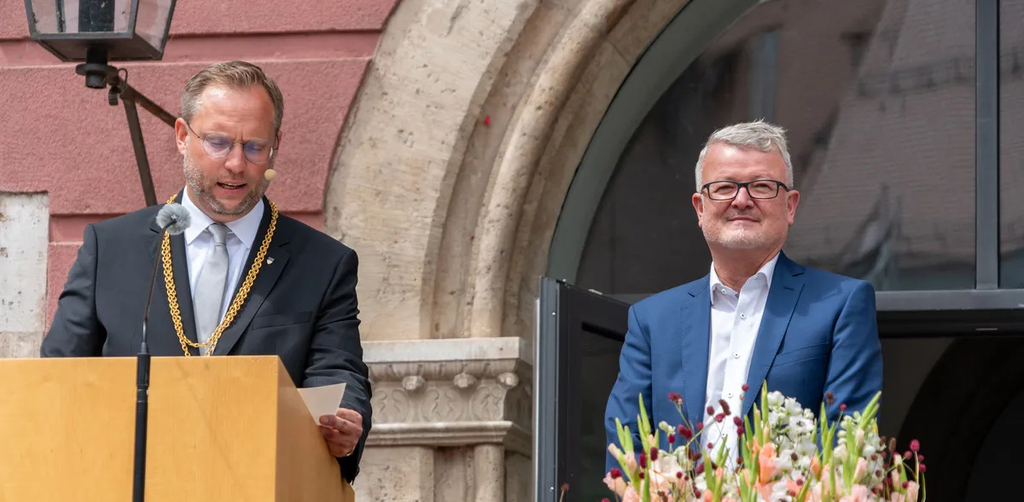
Prof. Maximilian Fichtner, Director of the Helmholtz Institute Ulm (HIU) and since more than twenty years affiliated with the INT, was awarded the Wissenschaftspreis of the City of Ulm for his outstanding research on electrochemical storage and his contributions to scientific communication as an expert on this topic within the German speaking countries.
Chemie.de (in German)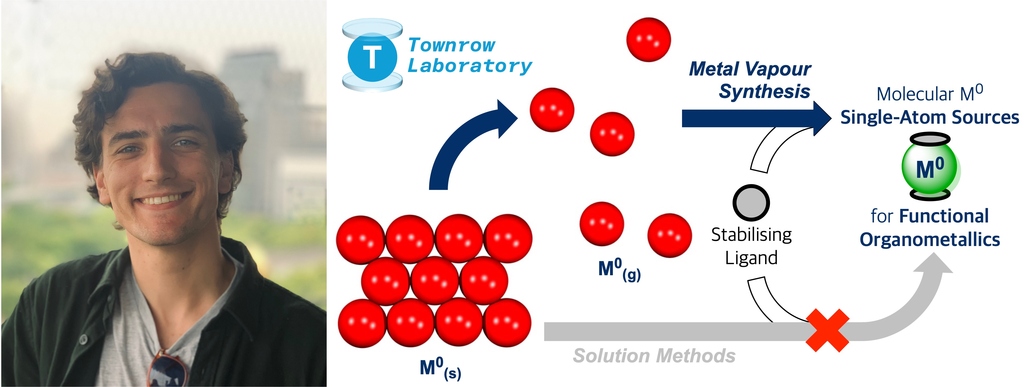
Dr. Oliver Townrow will start his independent career at INT, funded by both the VCI Liebig Fellowship and the KIT YIG Prep Pro funded fellowship. The Townrow research group will utilise the direct method metal vapour synthesis (MVS) to target novel complexes containing metals across the periodic table in their zero-oxidation state. These will then be explored as soluble Single-Atom Sources to prepare functional organometallics.
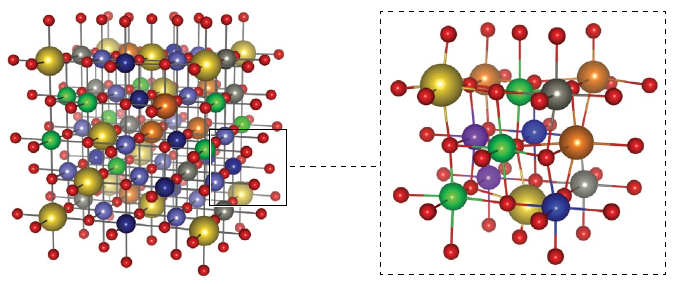
This review by a collaboration of INT scientists on the recent research on high-entropy materials highlights their emerging potential in energy and electronic applications, based mainly on the intrinsic features of the "cocktail effect" and the lattice distortions of these materials. The emphasis lies on ionic and covalent ceramic materials.
Nature Reviews Materials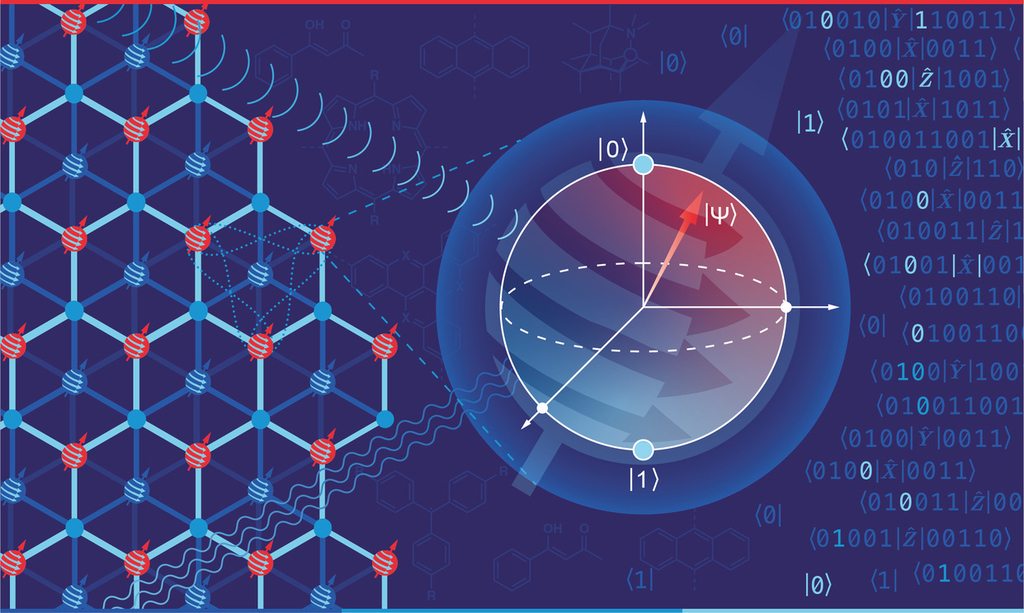
The proposal "Chemical Design of Highly Precise Quantum Architectures" (Chem4Quant) was selected by the DFG expert council to enter a full proposal for the "Clusters of Excellence" funding line. The initiative by the KIT, the University of Stuttgart and the University of Ulm was headed for the KIT by Prof. Mario Ruben of INT.
KIT Press Release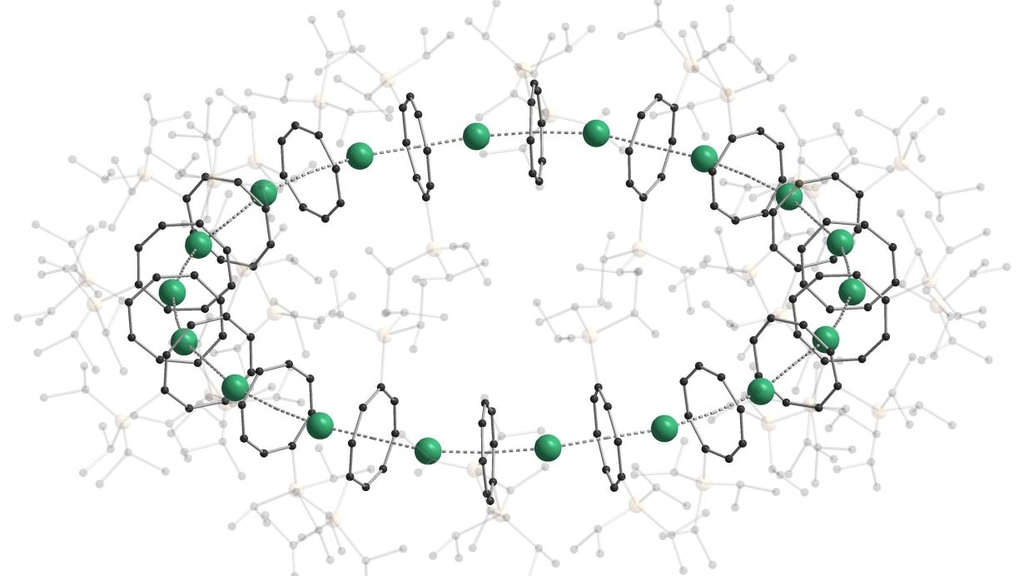
In organometallic chemistry, so-called sandwich complexes always displayed linear chain structures. Now researchers at the Karlsruhe Institute of Technology (KIT) and Philipps-Universität Marburg have formed multi-level sandwich complexes into nanoscale rings and named them "cyclocenes". The work has been published in Nature.
KIT Press Release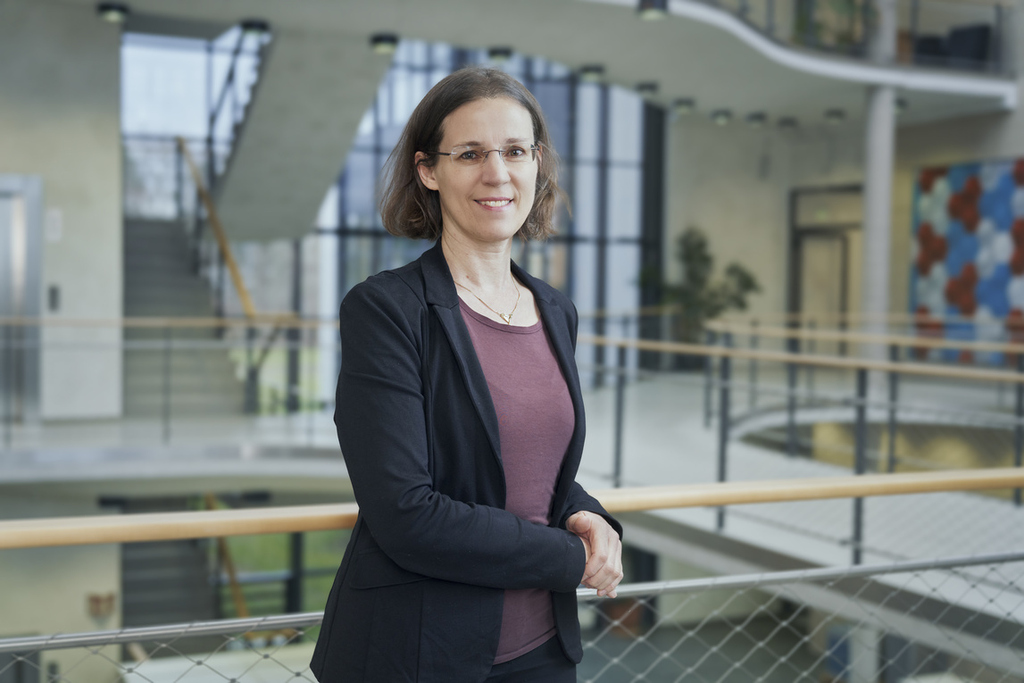
For her pioneering research on molecular multinary cluster nanoarchitectures for applications in catalysts, white-light emitters, and battery materials Prof. Dr. Stefanie Dehnen was awarded the Alexander Todd-Hans Krebs Lectureship by the Royal Society of Chemistry (RSC) and the Gesellschaft Deutscher Chemiker (GDCh).
RSC Announcement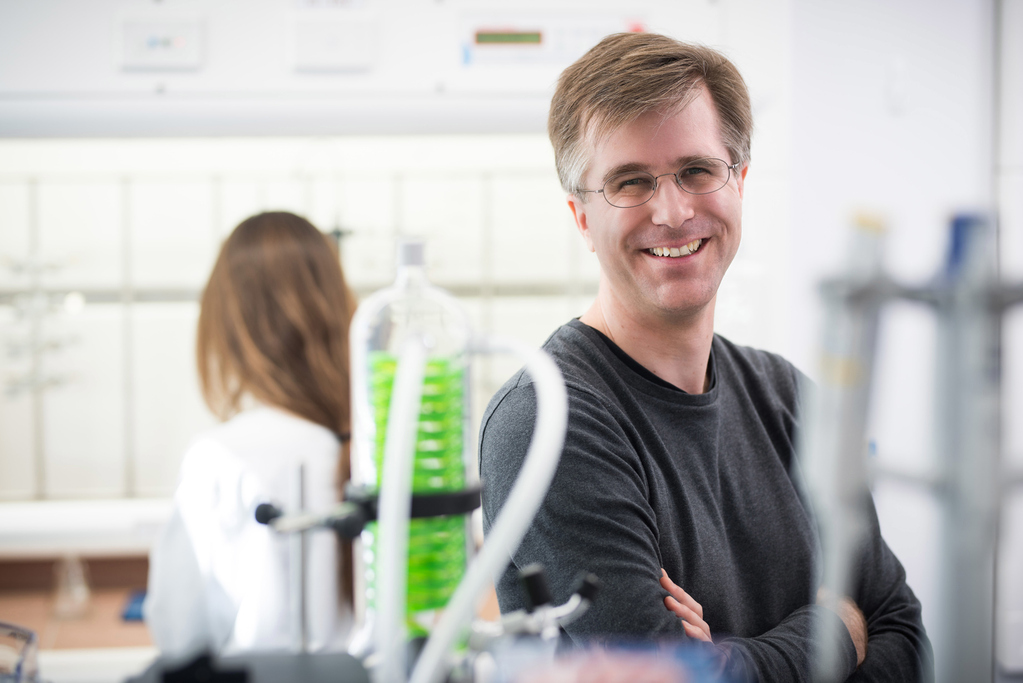
Prof. Dr. Barner-Kowollik won the Centenary Prize of the Royal Society of Chemistry (RSC) for the development and photophysical understanding of precision macromolecular photochemistry, and for excellence in communication. He and his team developed the ‘action plot analysis’ to understand photochemical processes in the realm of polymer chemistry with never-before-seen precision.
RSC Announcement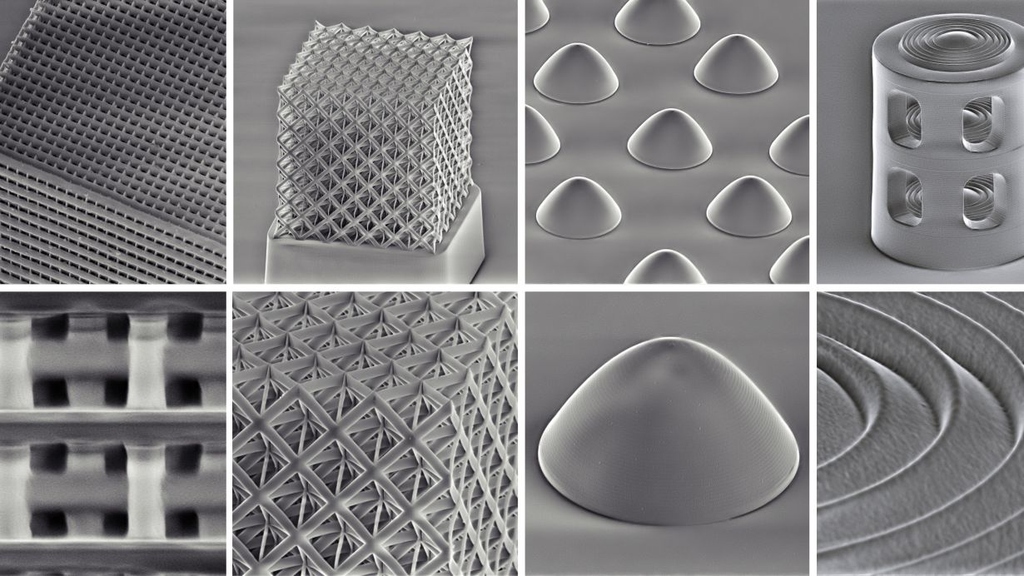
Using a hybrid organic-inorganic polymer resin as starting material the group of Dr. Jens Bauer succeeded in 3D printing of silicon dioxide nanostructures without the need of a high-temperature sintering process, as reported in Science (DOI: 10.1126/science.abq3037 )
KIT Press Release

